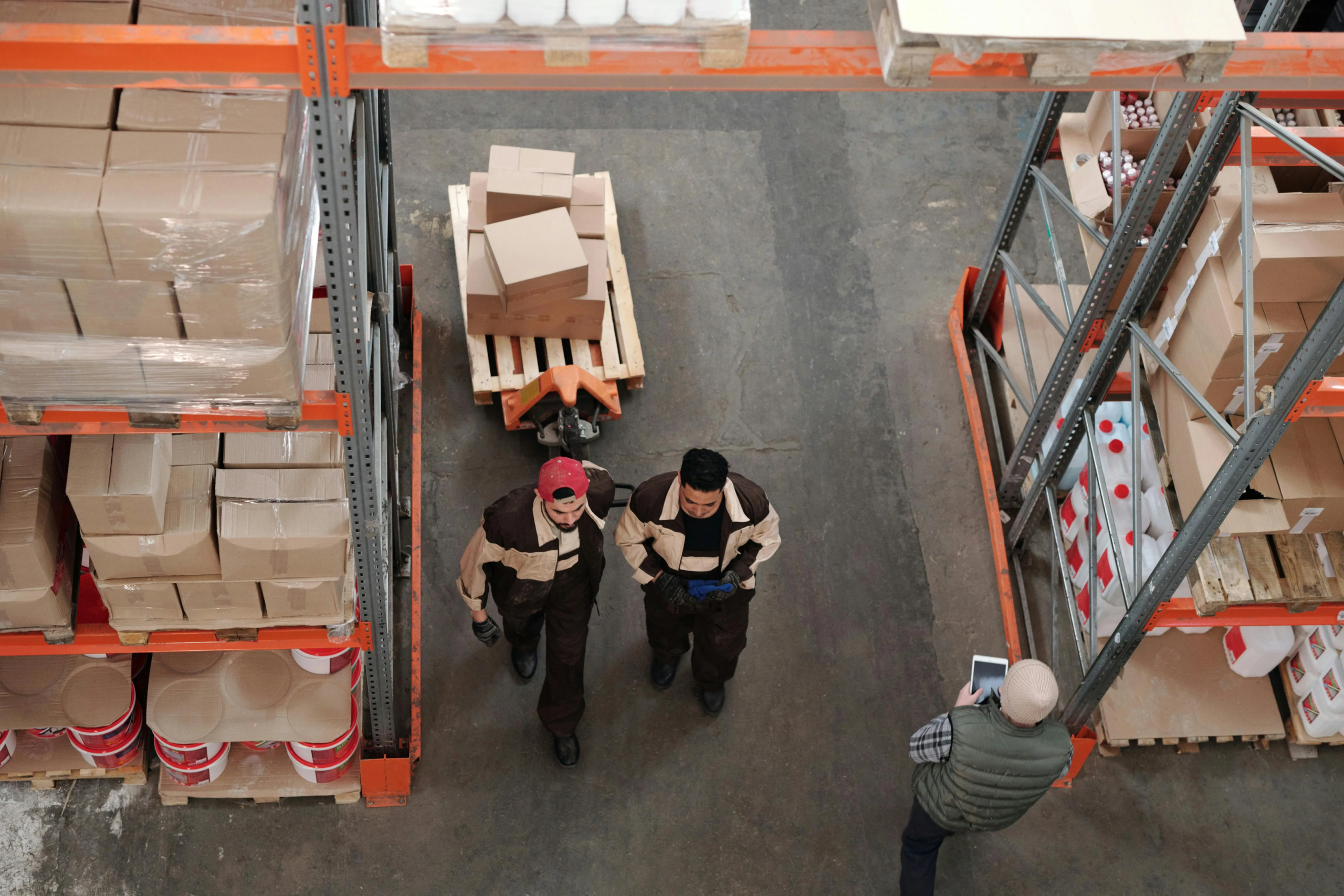Paint, nail polish, dry shampoo, hair spray, perfume, batteries, and e-cigarettes are ordinary consumer goods. However, it’s essential to recognize that these items fall into the category of dangerous goods. If you’re involved in selling these products online, you’ll encounter challenges when it comes to shipping them, especially if you’re one of the hazmat shippers.
So, what is considered hazmat? While the term “hazardous” or “dangerous” typically brings to mind highly toxic substances such as nuclear waste, it encompasses a broader range of products. This is because mishandling or accidents involving these seemingly everyday items, whether in a warehouse or during transportation via truck, plane, or ship, can lead to injuries or other safety risks. Understanding what is considered hazardous material for shipping is crucial for safe hazmat delivery.
Hazardous materials shipping regulations play a critical role in ensuring the safe handling of these goods. Hazardous materials (HAZMAT) represent some of the most complex, heavily regulated, and costly products to transport due to the potential risks they pose to people, property, and the environment. Consequently, there are numerous rules and regulations governing their transportation.
The United States Department of Transportation (US DOT) mandates that individuals receive training and certification before shipping hazardous materials. These requirements encompass proper packaging, labeling, and documentation. Noncompliance can result in fines and legal consequences for willfully disregarding dangerous good shipping regulations.
In this guide, we will delve into the classification of various products under the HAZMAT system, the legal means of shipping corrosive materials, the regulations and prerequisites for selling and distributing hazardous materials, and more.
Understanding Hazardous Materials
Hazardous materials, also known as dangerous goods, encompass solids, liquids, or gases that can cause harm to humans, other living organisms, property, or the environment when shipped, stored, or handled improperly.
Products Classified as HAZMAT
HAZMAT products are divided into nine classes, ranging from the most extreme materials, such as explosives, gases, toxic substances, and radioactive materials, to seemingly minor products like hair spray, liquor, and nail polish that still pose shipping and handling risks. Each class also has specific sub-classes that provide further details on classification.
Class 1: Explosives: These are products that are likely to explode under certain conditions and are further divided into categories based on their explosion characteristics.
Class 2: Gases: These are products containing gases that can be hazardous when inhaled or when they come into contact with surfaces, with different categories based on their properties.
Class 3: Flammable Liquids: These are liquids that ignite when exposed to fire and are categorized by their flashpoints.
Class 4: Flammable Solids: Products in this class ignite when exposed to fire and are classified into three divisions based on their properties.
Class 5: Oxidizers/Organic Peroxides: These chemicals yield oxygen during reactions, which can enhance combustion. They are divided into two categories.
Class 6: Toxic and Infectious Substances: Substances that can cause harm or carry pathogens, causing death or serious injury if inhaled or ingested, are categorized into two divisions.
Class 7: Radioactive Material: This category includes materials emitting ionizing radiation with specific activity levels.
Class 8: Corrosives: These substances can cause visible destruction or irreversible alteration to human skin or corrode steel or aluminum.
Class 9: Miscellaneous Hazardous Materials: This class covers materials that pose hazards during transport but don’t fit into other classifications.
Regulations for HAZMAT Shipping
Key regulations for hazardous material shipping include:
- 49 CFR (Code of Federal Regulations, Title 49): This governs protocols for preparing, shipping, and handling dangerous goods.
- IMDG Code: Provides guidelines for safe shipment on water vessels and is internationally accepted.
- ICAO / IATA: These standards address shipping dangerous goods by air, with IATA offering Dangerous Goods Regulations (DGR).
Penalties for Noncompliance
Noncompliance with hazardous material shipping regulations can result in significant penalties. Under 49 CFR Part § 107.329, violations can lead to civil penalties, with higher fines for cases involving death, severe injury, or property destruction.
In summary, shipping hazardous materials is a complex and regulated endeavor that requires careful adherence to classification, packaging, labeling, and documentation guidelines. Noncompliance with these regulations can have severe legal and financial consequences, especially for class 9 shipping.
Why Choose LAX Freight for Chemical Shipping?
Choosing LAX Freight for chemical shipping is a decision rooted in reliability, expertise, and safety. With years of experience in the transportation industry, we have established ourselves as a trusted partner for the safe and efficient transportation of hazardous and non-hazardous chemicals.
Our team of seasoned professionals understands the nuances and complexities of chemical shipping, ensuring that your products reach their destination securely and in compliance with all hazardous materials shipping regulations.
At LAX Freight, we prioritize safety above all else, implementing rigorous safety protocols and utilizing state-of-the-art equipment to safeguard your cargo during transit.
Contact us today to learn more about our hazmat shipping services. Check out the LAX Freight blog to always be up-to-date with transportation business insights.



